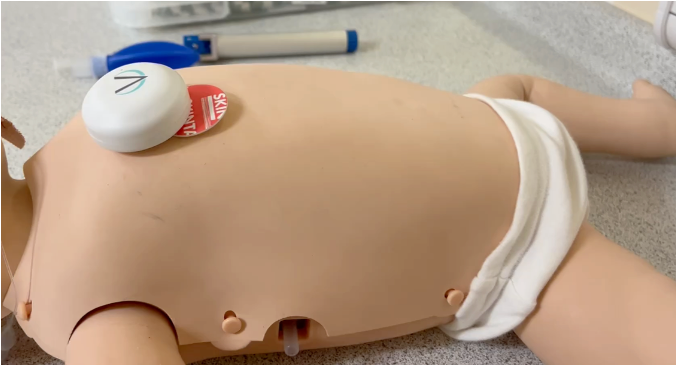Recovery plan for Child Protection Information Sharing
- 25 August 2016

The Child Protection Information Sharing scheme is in recovery mode as local authorities struggle to deploy the system designed to protect vulnerable children.
NHS England board papers from its 28 July meeting reveal the scheme is now subject to a “recovery plan”, even after the target for getting trusts and local authority onto the system was extended by two years.
“Delivery confidence reflects delays in the schedule of local authority implementation,” the board papers noted.
“A recovery plan is being implemented to address this, and a Gateway review will be undertaken in the autumn to assure delivery.”
CP-IS was designed to connect social care and health information about children who have a child protection plans or are considered a “looked after child”.
Once fully rolled-out, the scheme will alert the appropriate social carers when one of these children makes an unscheduled hospital visit anywhere in England, and likewise hospitals should know when they are treating one of these children.
The system went live with its first trusts in November 2014 at Homerton University Hospital NHS Foundation Trust and Lancashire Teaching Hospitals Trust. Since then, tens of thousands of children’s plans have been shared.
However, as Digital Health News first revealed in February, the uptake of CP-IS, particularly among local authorities, has been slower than expected.
By December 2015, 80% of local authorities were meant to be using the system but only 13 per cent had implemented CP-IS, along with just 16 trusts. The delays were expected to raise the cost by 10% from the budgeted £8.6m over five years.
In response, the Health and Social Care Information Centre, now NHS Digital, pushed the target out to March 2018.
But the latest figures supplied to Digital Health News this month revealed that progress has remained slow. Twenty-one trusts and 28 local authorities are now on CP-IS, with eight local authorities having implemented the system this year. If that rate of uptake is not increase, it will take more than seven years for all of the 152 English local authorities to deploy the system.
An NHS Digital spokeswoman said the organisation remained confident that it will reach the 2018 target.
“A reduced delivery confidence is the trigger for NHS Digital, NHS England, and partner organisations to take action and work together with local authorities to safely accelerate the pace of deployment.”
This added support would include working with local authorities and their IT system suppliers “to overcome technical problems” and provide expertise and advice on implementation.
“CP-IS is the first programme of work that is facilitating information sharing between health and social care on a national scale. As such it is recognised that working across a number of agencies and organisations, and making sure that their priorities, commercial arrangements, and logistical capabilities are all in line to deliver CP-IS in each local health economy, is complex.”
The overall budget for the project was now £7.9m, not the previously reported £8.6m, and was not expected to increased, she said.
The NHS and local authorities have been trying to set up an information sharing system for years, following the horrific abuse and murder of eight-year-old Victoria Climbie at the hands of her guardians in 2000. Her death sparked an inquiry, that highlighted failings in information sharing between agency and recommended widespread changes.
However, the first attempt to achieve this, ContactPoint, was dogged by concerns about its scope, security and discrimination of already disadvantaged children. It was scrapped in 2010 by the new coalition government and CP-IS was eventually proposed as a scaled back solution to sharing information between health and social care.
An NHS Digital spokeswoman said within those areas that were using CP-IS there was already evidence that the system was making a positive difference.
In one instance, emergency care staff used the system to identify that a teenager who had overdosed was pregnant, because her unborn baby was on a child protection plan.
At another London local authority, notification of a protected child’s admission to an emergency department was reduced from four weeks to within 24 hours, she said.




